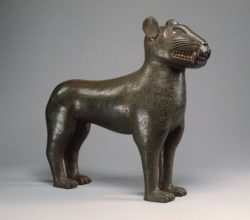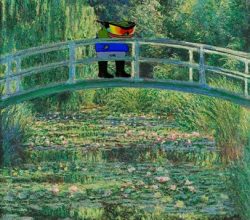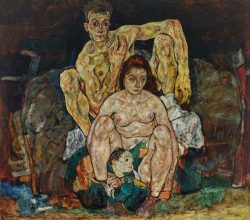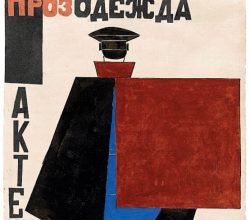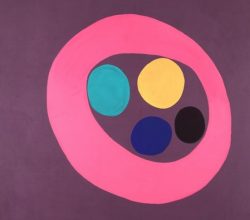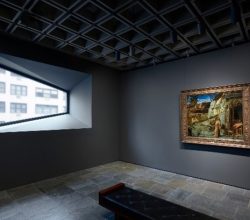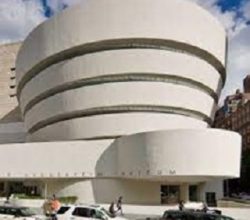
The Ideal Museum: Art Historian Kenneth Clark on the Formation of Western Institutions, in 1954
Kenneth Clark | ARTnews | 19th March 2021
From the famous director, a ‘big picture’ essay. The first galleries, in fifteenth century Italy, simply gathered famous pictures and were a means of showing off. Great collections are now in the public domain and are works of art themselves. There are no rules for what they should collect. A museum director must “not only know what the works of art are saying to him, but what they are saying to one another.” Their aim should be to provide “exalted happiness”.





